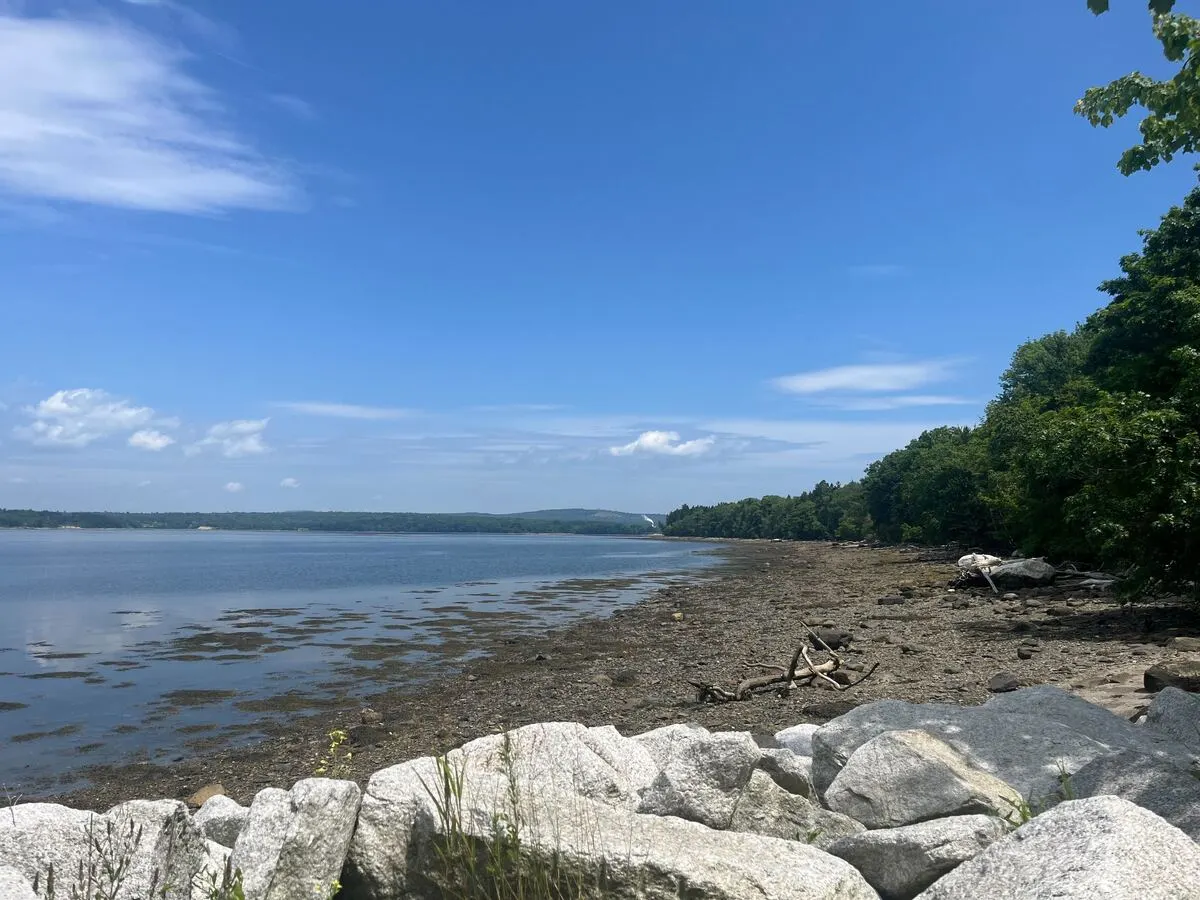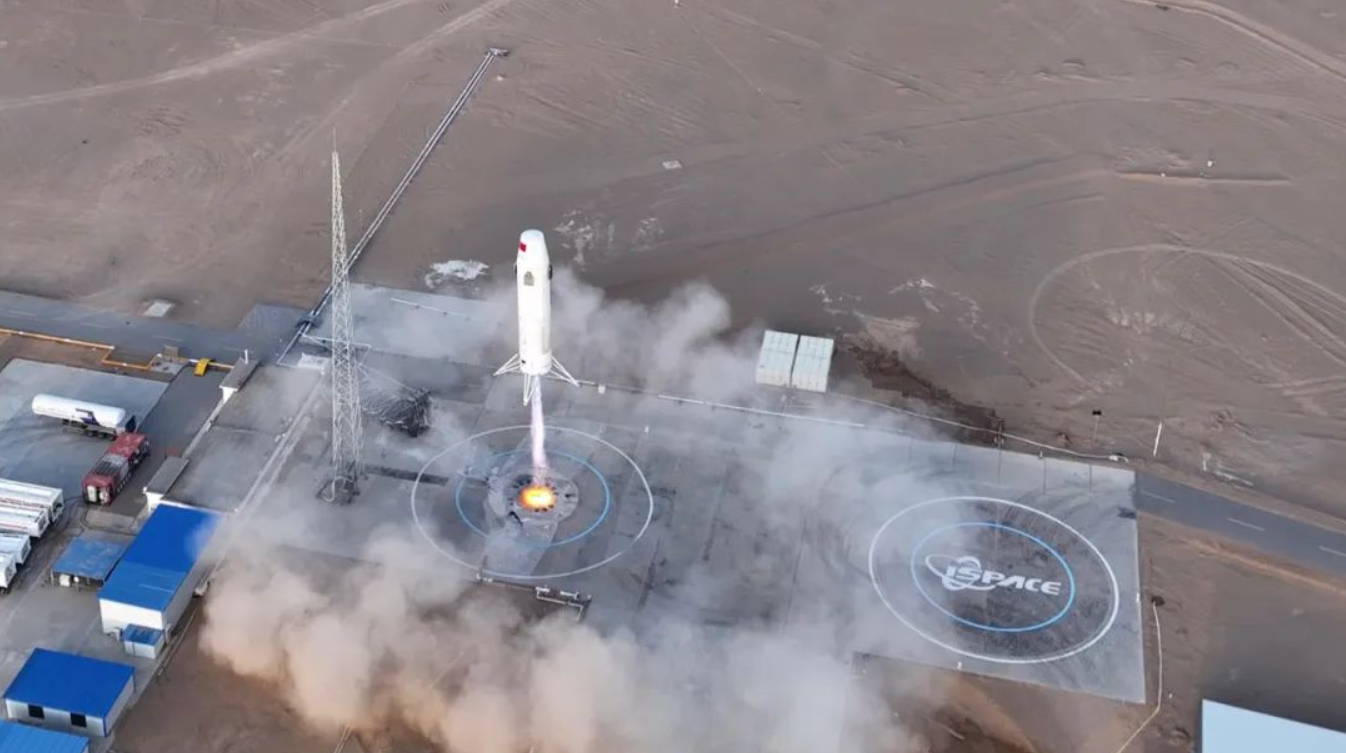
The BDN Opinion section operates independently and does not set news policies or contribute to reporting or editing articles elsewhere in the newspaper or on bangordailynews.com
Steve Miller, Islesboro Islands Trust executive director emeritus, is a life-long resident of Maine and has engaged with Penobscot Bay issues for decades.
In 1974, Searsport shopkeeper Jim Verrill said about Sears Island: “Once we add industry to the island, there goes Penobscot Bay. If we let them build this [nuclear power plant],” Verrill continued, “years down the road we’ll ask, `Why did we let this happen? Why did we let them do this?’ and then it’s going to be too late,” according to a 2006 report in the Working Waterfront.
In 2024, Gov. Janet Mills announced plans to develop an offshore wind manufacturing facility on Sears Island. The Alliance for Sears Island and others methodically provided evidence that the state’s proposed offshore wind facility could be built at 100-year-old industrial Mack Point, if any such facility were built in Penobscot Bay. Right now, after the state failed to secure financing and faced with intense federal opposition to offshore wind, is the perfect time to permanently protect the natural habitats of Sears Island from industrialization.
Since the 1970s, popular support for protecting Sears Island and opposition to out-sized Sears Island development proposals elevated the Penobscot Bay island into a compelling symbol of Maine’s economic and environmental policy options. Proposals for an oil refinery, a nuclear power plant, a coal-fired power plant, cargo port, LNG terminal, container port, and offshore wind manufacturing facility all faced opposition statewide and failed, while Sears Island’s 940 acres of old field, mixed forest, wetlands, sand beach, rocky beach, cliff, stream, salt marsh, and marine perimeter endured.
I believe the fate of Sears Island is a proxy for the fate of Penobscot Bay. As epic battles over the future of Sears Island continue, the Penobscot Bay natural resource-based economy steadily sustains.
Wahsumkik (Sears Island) has been Penobscot Indian Nation traditional territory since time immemorial. Penobscot Bay’s intact environmental assets support a marine and nature-based economy of fishing, farming, foraging, creating, sailing, and exploring, and have done so for thousands of years. I believe that preserving the ecological integrity of Sears Island and the bay makes economic, civic, and environmental sense and that industrializing Sears Island and destroying what makes us special and keeps our economy sustainable would be a grave disservice to all inhabitants of Maine.
When the path to developing floating offshore wind reopens, Maine can lead using new technology that supports launching foundations almost anywhere on our coast (such as aikido technologies new floating turbines), repurposing existing locations (Mack Point, Cousins Island) or integrating multiple manufacturing, launching and assembling locations much as the Aqua Ventus one-quarter scale did earlier this year.
Meanwhile, Sears Island provides convincing reasons for protection:
Penobscot Indian Nation heritage items likely remain in at least four locations on the island.
Thousands of people explore Sears Island’s trails and beaches every year.
Sears Island’s spruce, fir, and hardwood forests sequester significant volumes of carbon dioxide. With open fern meadows, fields and wetlands, this mix of vegetated cover provides niche habitats for a variety of wildlife and birds.
The 223 acres of freshwater wetlands contribute groundwater recharge and discharge, shoreline stabilization, creation and exportation of nutrients and organic matter into Penobscot Bay, aquatic diversity, and wildlife habitat (including avian habitat). Runoff from Sears Island wetlands feed and support Penobscot Bay fish nurseries.
Sears Island has documented sightings of 225 species of birds, nine species of amphibians and reptiles, and 28 mammal species.
Penobscot Bay and Sears Island waters provide spawning and nursery areas for Atlantic herring, winter flounder, Atlantic menhaden, alewife, Atlantic mackerel, Atlantic salmon and rainbow smelt. These areas were historic nurseries for cod and haddock and remains home to striped bass and other finfish.
We can permanently protect Sears Island and make the right energy choices to keep Penobscot Bay alive for future generations.



